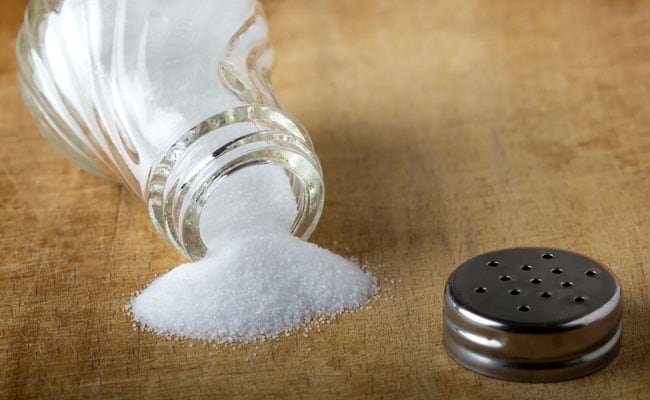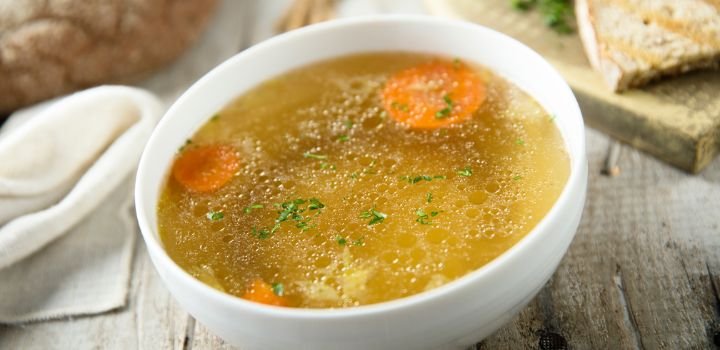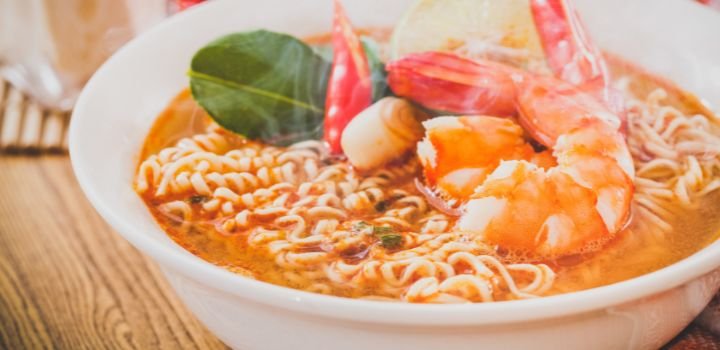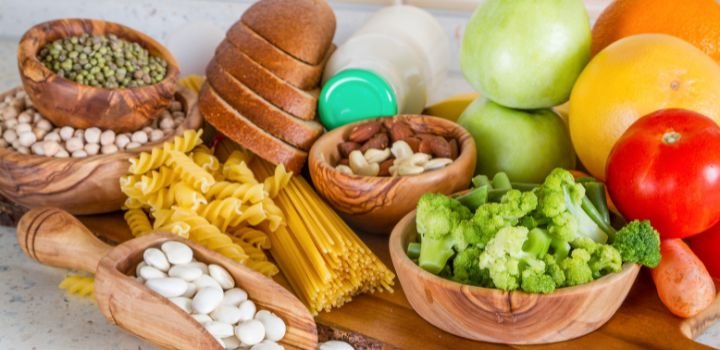Did you know that hidden salt in food endangers your health? The latest reports indicate that we consume twice as much salt as recommended. Three-quarters of the salt we consume is hidden salt in processed foods, making it addictive.
Sodium plays a vital role in the regulation of water inside cells and nerve and muscle impulses. The excess causes it to be excreted by our kidneys. According to the New York Times, this excessive sodium consumption favors the high incidence of high blood pressure, heart disease, and stroke.
Recommended daily salt intake
The recommended sodium intake is 1500 mg per day and a maximum of 2300 mg (2.3 g). You should not exceed 5 g of salt per day (one teaspoon of coffee).
We currently exceed this limit by far. In Europe, we consume between 8 and 12 g/day. And much of this is due to hidden salt in the diet.
The sodium in our diet comes 10% from food (naturally), 15% is added during cooking, or when we put it on the table, the remaining 75% is hidden in the food.
Salt intake varies according to age, up to a maximum of 5 g per day in adults:
| Age | Grams |
| 1-3 | 2.5 |
| 4-8 | 3 |
| 9 | 3.75 |
| 10+ | 5 |
Equivalence of sodium and salt
With the new labeling law, salt must now be indicated on the label. Salt contains 40% sodium.
Although sodium-free salt is based on potassium chloride, it should not be abused, as excess potassium can also be harmful to people with heart or kidney problems.
A food with a high salt content is considered to have more than 1 g of salt per 100 g of food or 0.4 g of sodium in 100 g of food.

Consequences of excessive salt consumption
Hidden salt in food leads to an excess of sodium that favors obesity, hypertension, fluid retention, cardiovascular diseases, stroke, myocardial infarction, osteoporosis, renal failure.
From the perspective of reducing cardiovascular disease, the WHO assures that lowering salt in the diet is as important as giving up smoking.
Health hazards of sodium
In 2014 the Spanish Society of Cardiology stated that salt is as addictive a drug as cocaine as it activates the same area of the brain.
The organs that suffer most from excessive sodium consumption are the heart and kidneys. But it also favors gastritis and stomach ulcers, as well as stomach cancer, worsens blood circulation, favoring the formation of edemas, varicose veins, spider veins, and cellulite.
Patients with hypertension, renal or cardiac insufficiency should follow a low salt diet. If you follow a cortisone treatment, it is advisable to take little salt to favor fluid retention.
Foods such as meat, vegetables, or dairy products naturally contain sodium. If you add more salt when cooking or add sauces, you will surely exceed the recommended amount.
Hidden salt in processed foods
With the new labeling law, you can now know the hidden salt in food. In the following infographic, we have collected some examples of frequently consumed foods and how much sodium they contain over the maximum daily limit.
Foods that add the most salt to your diet
The BBC newspaper has carried out a monograph on salt and foods that contribute to hypertension due to their high sodium content.
Instant noodles and broth
Instant noodles or broth contains 2.3 g of salt per serving, half of the daily salt allowance.
Precooked foods and commercial sauces
According to the US Food and Drug Administration, ready meals and commercial sauces can contain up to 4 grams of salt.

List of foods high in sodium
According to the working group on hypertension of the Andalusian Society of Family and Community Medicine, the foods that contribute most salt to the diet of Spaniards are:
Olives, pickles, anchovies, salty snacks, sausages, dried or cured meat, breakfast cereals, precooked foods, canned foods, meat broths, salted nuts, crackers (especially salted ones), white bread, cheeses, and butter (with salt), salted or smoked fish (salmon), hot dogs, pizzas or hamburgers, soluble cocoa(Coke and Nestle, confectionery (prepared sweets), prepared sauces (mayonnaise, soy sauce, ketchup, mustard), sachet or canned soups.

Low salt diet
In addition to avoiding or moderating foods that provide more hidden salt in foods, follow these tricks to reduce sodium.
Cook fresh, seasonal foods and use seasoning with herbs or spices. Remember that the palate is educated for both salt and sugar. Add less or don’t add salt to children’s food.
Tips to reduce salt at home
- Taste food before adding salt, and do not put salt shakers on the table.
- Limit consumption of salty snacks.
- Avoid adding commercial sauces (soy, tomato, caesar). It is better to prepare your sauce.
- If you use bouillon cubes, use half or prepare your homemade bouillon and store it in the freezer.
- Buy low-salt or no-salt-added products.
- Garnish with aromatic herbs and spices (basil, oregano, parsley, coriander, ginger, pepper, curry, cumin, cayenne).
- Beware of prepared spice mixes from supermarkets because they can be high in salt.
- Dress your salads with vinegar or lemon juice.
- Flavor the olive oil with garlic, cayenne, thyme, or rosemary, and it will provide a very intense aroma and flavor to your meals (you must let it macerate for at least three weeks).
- Marinate the meat and fish ahead of time so that the flavor permeates well and you can add less salt.
- How to reduce salt by eating out
- When you eat out, it is not easy to know how much salt is in your dishes. Follow these recommendations:
- They are usually high in salt if they contain: ham, bacon, salami, smoked fish, cheese, soy sauce, and all the designations “salted,” “smoked,” or “cured.”
- Ask the kitchen to make your dish low in salt or to add nothing.
- In a salad, there can also be hidden salt in foods: croutons, cheeses, olives, cured meats, smoked salmon, etc.
- If any dish has a sauce or dressing, it is better to have it served separately.
Conclusion
One solution for healthy food is to add yeast extract in food processing.
Yeast extract can reduce the amount of salt and keep the umami taste, and it has a clean label, Halal and Kosher certificated food ingredient.
Check our yeast extract products list now.







